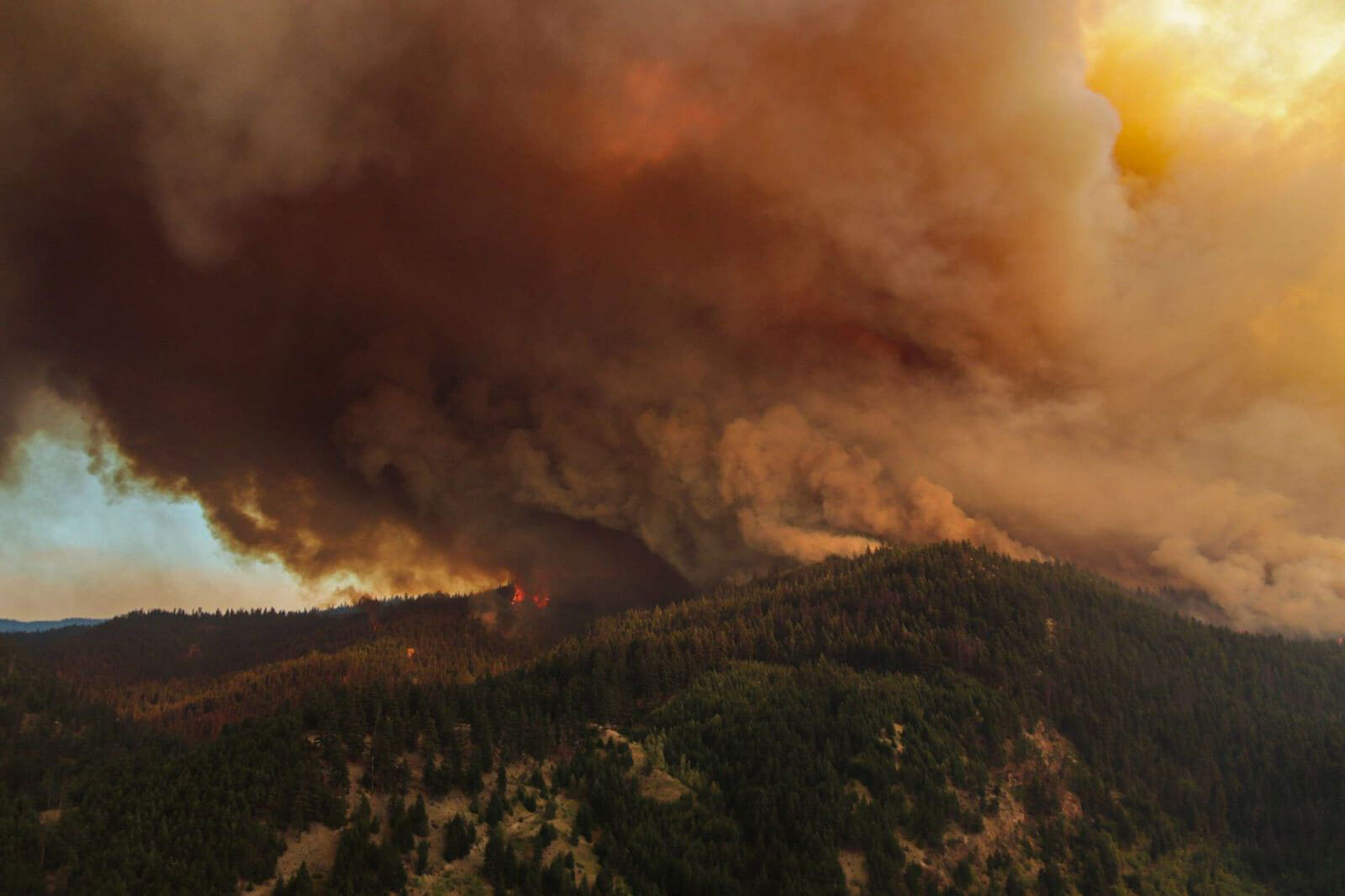Trends in hourly weather and fire weather indices

The increased occurrence of hot, dry, and windy weather is resulting in worsening fire conditions with four of the worst fire seasons on record in British Columbia occurring since 2017. Two critical daily time periods have implications for fire growth: peak burn and overnight conditions.
This study aims to provide insights to changing conditions during peak burn and overnight weather by investigating trends in hourly weather indices (temperature, relative humidity and windspeed) and associated fire weather indices (Fine Fuel Moisture Code, Initial Spread Index and Fire Weather Index) across different biogeoclimatic (BEC) zones in British Columbia. Historical weather data from June, July and August spanning 1990-2021 will be analyzed to determine what changes to mean hourly weather indices are observed across different BEC zones, accounting for time of day, for two 16-year time periods.
Further analysis will be conducted to review the percentage of weather observations exceeding fire-weather thresholds per hour within each time-period. This analysis of hourly weather records will highlight the implications of observed trends on expected changes in fire behaviour with a spatial and temporal lens. This study aims to provide a better understanding of how changes in weather impacts potential fire behaviour in different BEC zones across British Columbia.
Researchers
Principal investigators
- Dr. Mike Flannigan, BC Innovation Research Chair in Predictive Services, Emergency Management and Fire Science (Faculty of Science)
Students
- Kate Bezooyen, MScEnvs (Faculty of Science)
Publications and presentations
Article: Building Community resilience to the threat of wildfires, Kamloops This Week, 2021
Article: Firefighter in the field Part 1 and Part 2, wildfireanalytics.org, 2019
Article: From Books to Blaze and Back Again, canadawildfire.org, 2019
